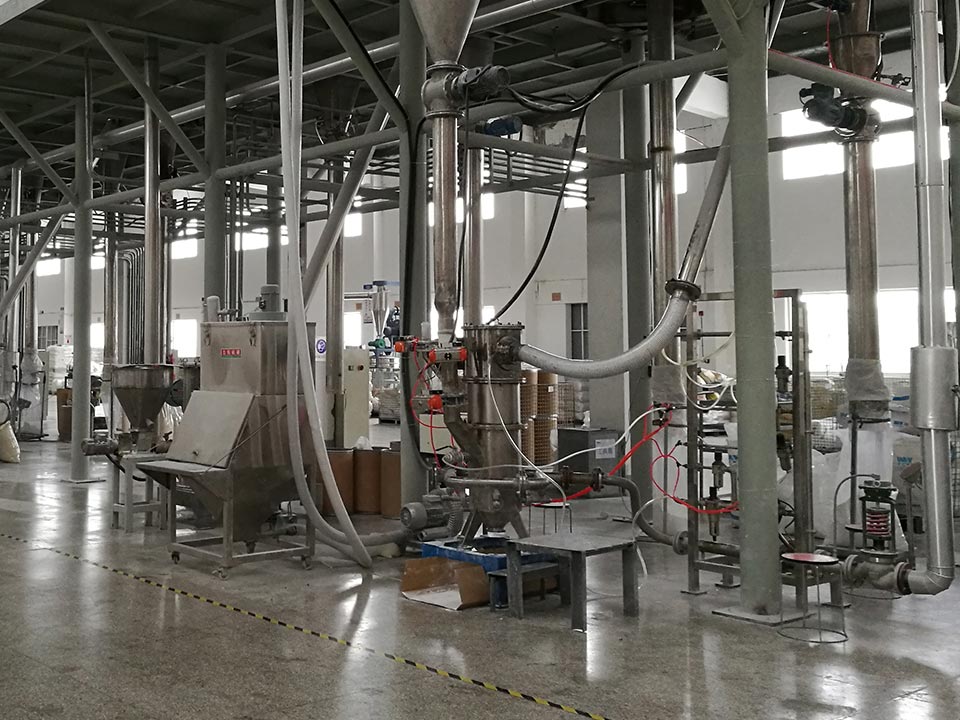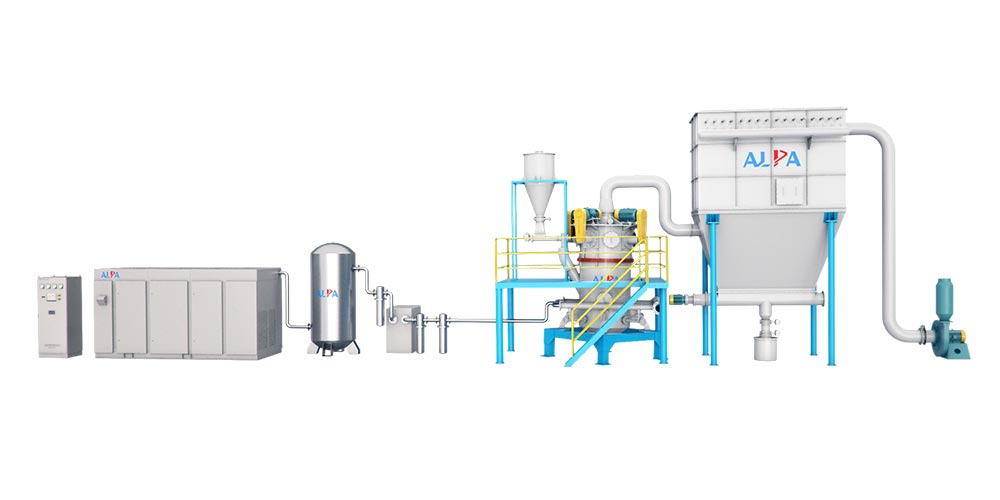Important features of jet mill
The jet mill is the compressed air accelerated by the Laval nozzle into a supersonic airflow and then injected into the crushing zone to make the material fluidized (the airflow expands into a fluidized bed suspension and boiling and collides with each other), so each particle has the same state of motion .
As an important equipment for ultra-fine grinding, the jet mill has been widely used in chemical, pharmaceutical, battery materials, metallurgy, talc, quartz, graphite, abrasives, flame retardant materials, ceramics, pigments, food additives, pigments and other dry powder materials. Ultra-pure ultra-fine crushing.

Features of jet mill
In addition to fine particle size, jet mill products also have the characteristics of narrow particle size distribution, smooth particle surface, regular particle shape, high purity, high activity, and good dispersibility.
Since the compressed gas is adiabatic during the crushing process, the expansion produces a Joule-Thomson cooling effect, so it is also suitable for ultrafine crushing of low-melting, heat-sensitive materials.
Working principle of jet mill
The dry and oil-free compressed air or superheated steam is sprayed at high speed through the nozzle, and the high-speed jet moves the animal material at a high speed, causing the material to collide, rub and crush. The pulverized materials arrive at the classification area with the airflow, and the materials that meet the fineness requirements are collected by the collector. The materials that do not meet the requirements are returned to the crushing chamber to continue crushing until they reach the required fineness and are collected.

Due to the high velocity gradient near the nozzle, most of the pulverization occurs near the nozzle. In the crushing chamber, the frequency of particle-to-particle collisions is much higher than that of particle-to-wall collisions. Therefore, the main crushing effect in jet mills is the impact or friction between particles.
